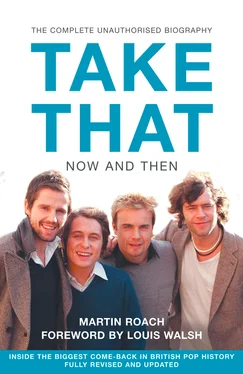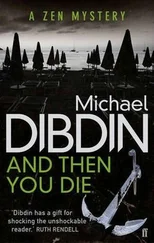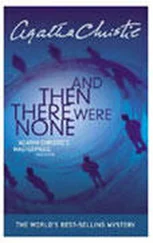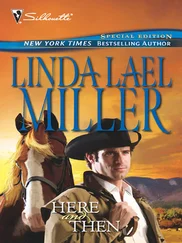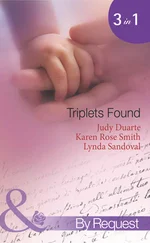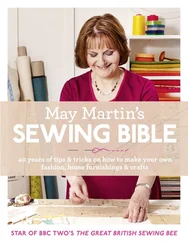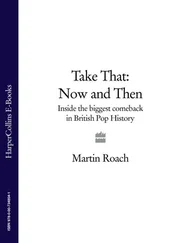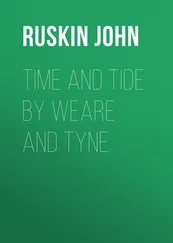Meanwhile, Gary’s secondary education was unremarkable, with no major dramas: he was a good student and passed six ‘O’ levels, with his parents keen for him to work in banking or the police force.
***
Given their roles in Take That, it is interesting to note that two of the first members to start the chain of events leading to the band’s formation were Howard and Jason. The oldest of the band, Howard Paul Donald, was born on 28 April 1968 in Droylsden, Manchester (Howard is almost four years older than the baby of the band, Robbie Williams). Howard was from a large family, with three brothers (Michael, Colin and Glenn) and a sister (Samantha), as well as his father Keith and mother Kathleen. Both parents were entertainers, Keith teaching Latin American dance and Kathleen being a gifted singer. His parents later separated and he is also close to his step dad, Mike.
Surprisingly, Howard’s first ambition was to be an airline pilot. He went to Moreside Junior School for his primary education, where reports suggest he was a good student. His time there was not without its dramas though: ‘A couple of weeks after I started school, I got this disease called impetigo. When I was off school, this teacher put a big sign on my desk saying “ Don’t Go Near This Desk!” When I told my mum, she drove up to the school and went mad!’
Howard’s first album was by Adam Ant and, like his future band-mate Gary Barlow, he was a big fan of the Dandy Highwayman. However, as his teenage years rolled by, he became fascinated with an altogether different style of music—break beat and hip hop. In turn, this relatively new genre introduced him to dancing—break-dancing in particular—and with this new obsession came a declining interest in academic matters.
Break-dancing is an extraordinarily athletic and acrobatic style of movement and dance that at the time was a central part of hip hop culture, emerging as it did out of that movement in the South Bronx of New York City during the late Seventies and early Eighties. It can actually be traced back to 1969, when James Brown’s ‘Get on the Good Foot’ inspired famously acrobatic dance moves, and simultaneously Afrika Bambaataa started organising one of the first break-dance crews, The Zulu Kings. The relevance to Take That might seem tenuous, but by the early-to mid-Eighties, hip hop and break-dancing had been exported across the Atlantic and imposed itself on the daily lives of British youth. School yards were filled with teenagers spinning on old pieces of lino, hip hop clothing labels were worn and break beat music blared out of oversized ghetto blasters—suburban Britain doesn’t have too many ghettos like the Bronx, but that wasn’t the point. It was a style, a look and a sound that became immensely popular. Howard was exactly this type of break-dancing Brit, and he lived for it. He often played truant so he could practise his moves, which increasingly included complex gymnastics, so that by the time he was 15 he was a very adept dancer indeed. According to an interview with Rick Sky for The Take That Fact File (one of the few writers to have covered the band from before they were famous), he once absconded from school for five weeks in a row: ‘I only intended to have a few days off, but I kept taking another day, then another day, till the days had run into weeks. I got into awful trouble for that.’ He later admitted to being caught graffitiing a bus, although that appears to be the extent of his ‘waywardness’. Like Gary, he also bought an electronic keyboard, but his main passion was for dancing.
Despite his latter-day persona as the quietest member of Take That, Howard was something of an extrovert at school—break-dancing was hardly the domain of the class nerd, after all. This obviously provided plenty of distraction, because he left school without a single ‘O’ level to his name. He wasn’t altogether troubled by that, not least because he had just been enrolled in a local break-dancing crew called the RDS Royals.
It was 1986 and Britain was in the grip of the Thatcher years. Unemployment was over the three million mark, social unrest was rife and many people, particularly the young and less privileged, were isolated and disillusioned. Behind all the politics and histrionics, the reality for 16-year-olds with no qualifications, like Howard, was simple: either unemployment or the last bastion of state-sponsored slave labour, the Youth Training Scheme, or YTS. Howard took a job painting cars for £40 a week, and he was still working there when he first auditioned for Take That.
He started to supplement his feeble income by dancing at clubs such as Manchester’s Apollo, on podiums and stages to vibe the crowd up. It was an ideal way of getting paid to practise, and besides, if he wasn’t working at these clubs he would have been there as a paying punter anyway. Consequently he developed a very muscular physique at an early age, leading to his latter-day Take That nickname of ‘The Body’.
***
One of the people in Howard’s break-dancing circles was Jason Orange, the older of twins by twenty minutes, born 10 July 1970. Coming from a similarly big family, as well as Jason’s twin Justin there were four other brothers (Simon, Dominic, Samuel and Oliver) with his (now divorced) parents, bus driver Anthony and doctor’s PA Jennifer, bringing the family total to seven. Jason is reputed to have ‘blue blood’ in his veins—family trees suggest he is a direct descendant of King William of Orange, a Dutch Royal plagued by ill health who sat on the British throne as King William III in the second half of the seventeenth century.
The Orange family were Mormons, a faith shared by other pop stars including The Mission’s bacchanalian front man Wayne Hussey and The Killers’ Brandon Flowers. Like Flowers (and very much unlike the rock-and-roll beast that is Wayne Hussey), Jason’s family eschewed caffeine and alcohol as ‘drugs’ and lived very clean lives, something which Jason was able to continue even under the extreme pressures of being in a world-famous boy band.
Like Howard, Jason was not academia’s biggest fan. Attending at first Havely Hey School in Whythenshawe until he was 12, and then South Manchester High School, Jason was a keen sportsman, being particularly proficient at swimming, running and football. He has said that he was a quiet pupil and kept himself to himself, so it was perhaps not surprising that when he reached 16 he chose to leave school with only a modest amount of exam passes. On his final day at school, he walked through the gates for the last time, turned around, surveyed the buildings where he’d spent so many years and shouted ‘Freedom!’ out loud. He was keen to work and also joined the infamous Youth Training Scheme, which placed him as a painter and decorator for the Direct Works department of the local council (likewise his twin Justin). Typically, this involved decorating council property and amenities buildings.
It was hardly the most glamorous of work, and although Jason enjoyed it for the four years he was on an apprenticeship there, he had his sights set on greater things. In his first teenage year, Jason had also become fascinated with break-dancing—after a brief dalliance with Pink Floyd, whose The Wall was the first album he ever bought—so that by his late-teens every spare minute outside of work was spent practising, performing in the streets and watching American videos of the big-name dancers. He joined a local crew called Street Machine that was effectively a rival to Howard Donald’s RDS Royals. He too started working the clubs, and this was how he first met Howard at the Apollo. With so much in common they were bound to spark off each other, and a tight dancing partnership was soon formed by the name of Street Beat, which proved to be increasingly lucrative. They could soon command a week’s YTS money for one night’s work.
Читать дальше
